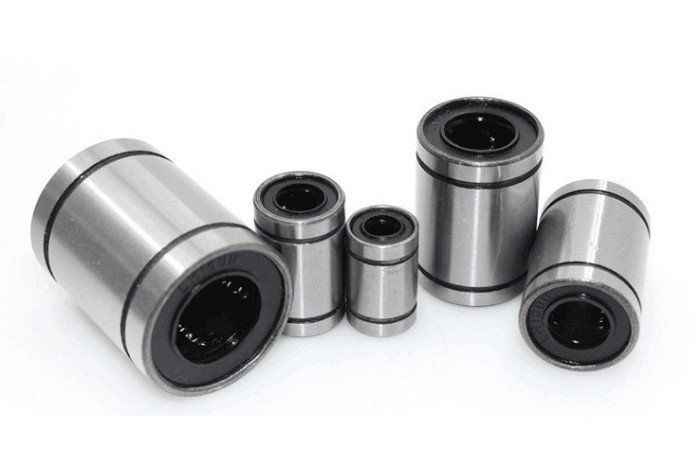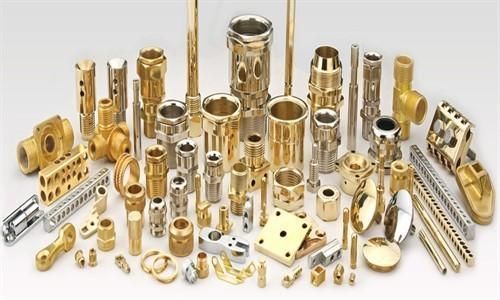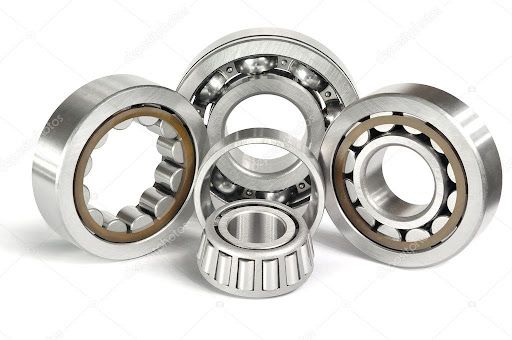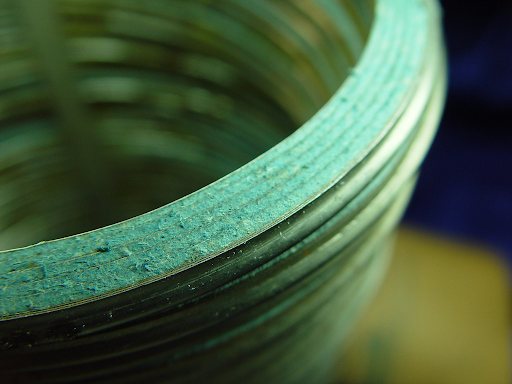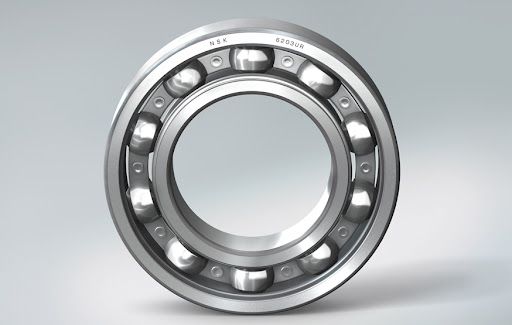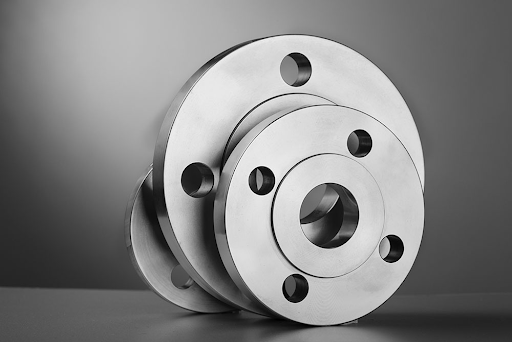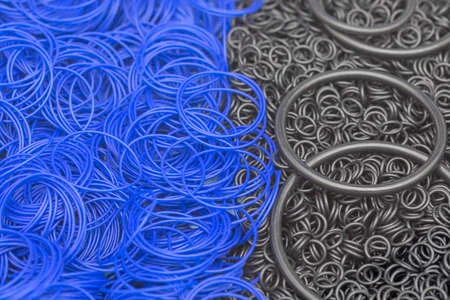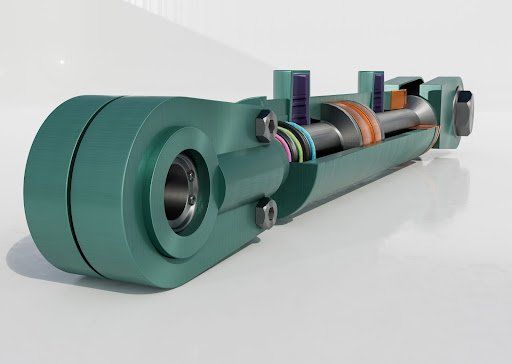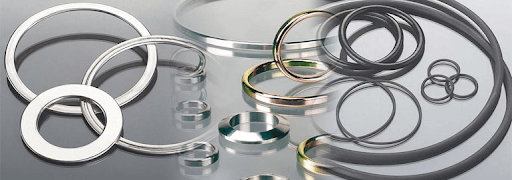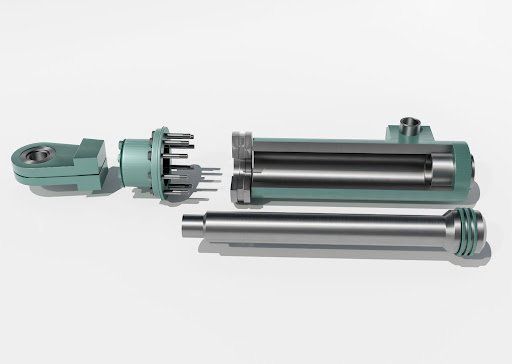Materials for Constructing Linear Bearing
Materials Used for Constructing Linear Bearing
The simplicity of simple linear bearings is one of its advantages. Plain bearings, especially when contrasted to recirculating approaches, are simple to specify, install, maintain, and replace. Choosing the wrong directions may result in poor performance, bearing deterioration, or early failure.
Linear bearing materials include bronze, ceramic, graphite, plastic, and stainless steel. Corrosion resistance, self-lubrication, and rotating motion are all unique material characteristics.
The following materials are used to make linear bearings and rails in South Africa
1. Steel
Steel, mostly made of carbon and iron, is the most used material for linear bearings and rails. Steel linear bearings have outstanding mechanical qualities, allowing them to sustain enormous loads while moving smoothly. Carbon steel and stainless steel are the most prevalent steels in manufacturing linear bearings. The hardness of steel rises as carbon content increases; this influences the performance.
2. Aluminium
Aluminium is resistant to corrosion and chemicals. It is less costly and softer than steel. Aluminium linear bearings have a lesser load capacity than linear steel bearings. They may provide smooth and accurate motion.
3. Plastics
Plastic bearings lubricate themselves. They are also particularly resistant to corrosion since they do not have any metal surfaces. On the other hand, plastic bearings operate as a thermal insulator since they do not quickly dissipate heat and may distort; they may also expand in the presence of moisture, resulting in more friction than expected.
Plastic linear bearings are softer and less expensive than metallic bearings, and they have a lower coefficient of friction. Nylon, polyethene, and PVDF are common polymers used in linear bearings and rails in South Africa, and they are frequently coated with a self-lubricating coating. They are occasionally reinforced with fibres and fillers to improve their weight-bearing capacity. Softer shaft materials may be utilised with plastic linear bearings. They do, however, have reduced load capabilities and are restricted to room temperatures.
4. Bronze
Bronze is a copper and zinc alloy with additions such as manganese and phosphorus. Bronze linear bearings can withstand more load than plastic linear bearings. They create more friction than plastic bearings, necessitating lubrication.
5. Ceramics
Silicon nitride, aluminium oxide, zirconium oxide, and silicon carbide are the most common materials used to make ceramic linear bearings. They have high stiffness, which allows them to move at high speeds with accuracy and precision. They feature a high hardness, which extends their service life and abrasion resistance while also reducing the particles created by the sliding of bearing components. They are also suitable for use with vacuum and ESD-sensitive electronics and equipment.
Ceramic rolling elements are used in recirculating linear bearings and rails in South Africa due to their more incredible speeds.
Different materials are often used for
linear bearings and rails. It is typically more challenging to eliminate friction with the guide rail. Material wear is focused on the linear bearing's contact surface, which is softer. The guide rails, shafts, and bases are often made of hardened steel, grind steel, and anodised aluminium.

